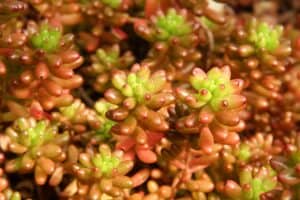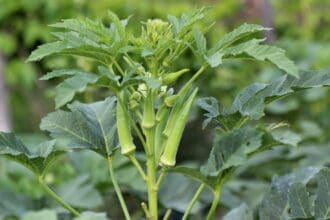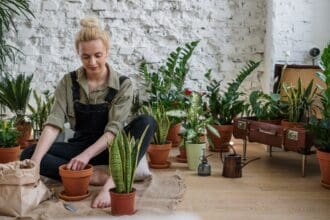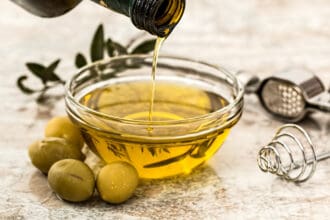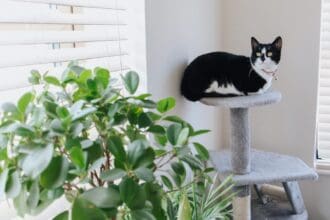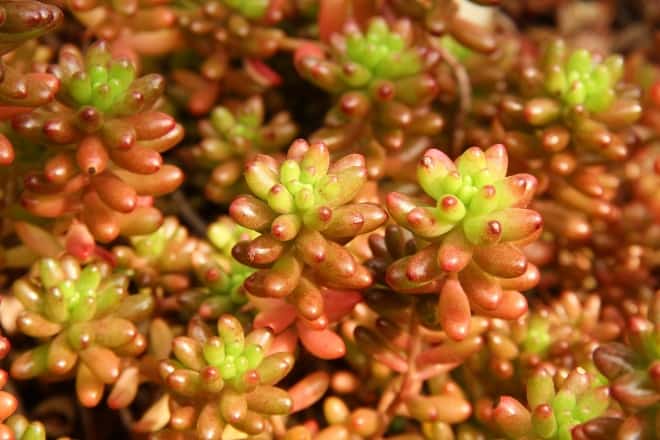
via: Pixabay / Andi_Munich
Growing Sedum Rubrotinctum, also known as Pork and Beans, is super easy if you know how. This little plant doesn't take a lot of expert knowledge, but knowing how to care for succulents certainly helps.
This hybrid plant has small, thick round leaves that look like jelly beans which have red coloration on the tips. It's decorative and unusual as it is native to Mexico, plus it's easy to grow at home.
If you want to know how to care for Sedum Rubrotinctum, you'll find all the tips you need below.
Contents
What is a Sedum Rubrotinctum?
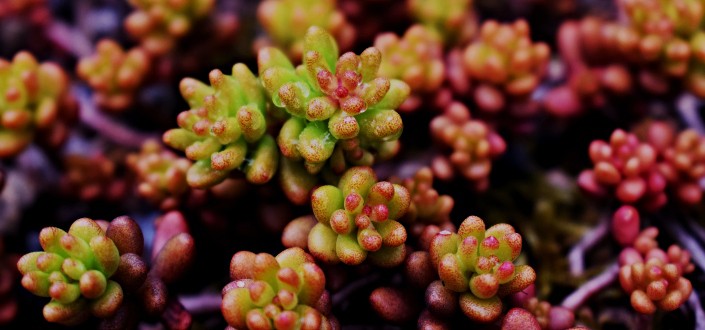
via: Unsplash / Michal Hlaváč
Sedum Rubrotinctum is a type of succulent that belongs to the Crassulaceae family. Like many succulents, it is easy to care for at home and tolerates a wide range of environments and growing conditions. They thrive in the summer so enjoy being grown indoors or outdoors in warmer climates. This low-maintenance plant is a great one to add to your collection as it's easy to propagate and enjoys the same watering methods as many other succulents.
Why is Knowing How To Grow Sedum rubrotinctum Important
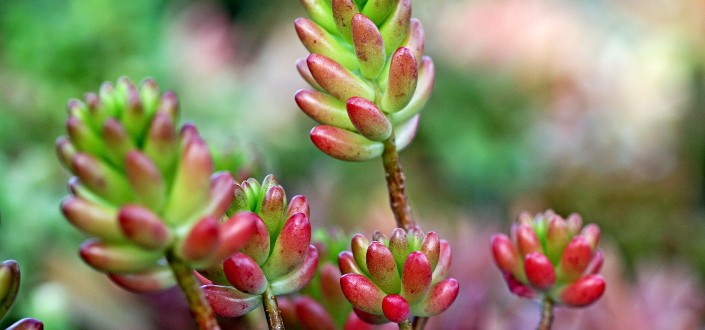
via: Pixabay / manseok_Kim
Knowing how to grow Pork and Beans is important because all plants need individual care in order to thrive.
Being able to properly care for plants means that they will be healthy and the process will be rewarding. If you can excel at looking after it, you can create many more plants which will breathe life into your indoor spaces.
How To Grow And Care For Pork and Beans aka Sedum rubrotinctum

via: Unsplash / Zoe Deal
Thankfully, growing Pork and Beans is easy, but there are some tips and tricks that will make things simpler. If you are a plant novice, finding out exactly how to look after your new plant will help you to learn about the conditions that it loves. If you're hoping to learn more about Pork and Beans, you'll find the information you need below.
1. Identify which type of succulent
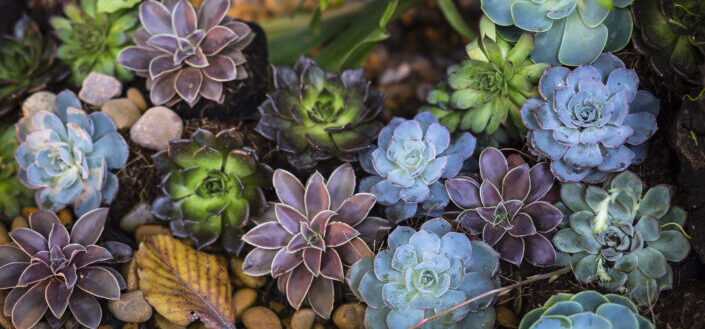
via: Pexels / Quang Nguyen Vinh
Identifying the type of succulent that you have is really important, because some of them like different conditions. For example, some types of succulents like to be watered regularly, while others do better with infrequent waterings.
It's particularly important to know whether you can grow your plant outdoors. Outdoor succulents are often more hardy - they can withstand changes in temperature including very hot and dry conditions. However, indoor succulents can be more fragile and need a constant temperature and watering schedule.
Sedum Rubrotinctum is part of the Crassulaceae family and it is a hybrid plant that was created by crossing Sedum Stahili with Sedum Pachyphyllum. It is a low-growing plant that can be used as ground cover as the stems tend to droop or sprawl when they get longer. Pork and Beans thrives indoors but can be planted outdoors in warmer climates where temperatures do not go below freezing.
2. Know How To Water
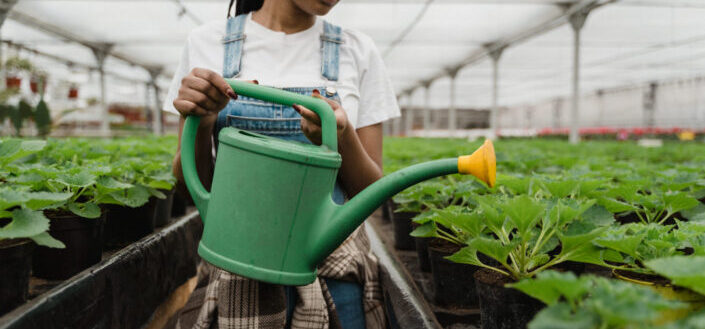
via: Pexels / Tima Miroshnichenko
Knowing how to water succulents is essential to keep them healthy and happy. A good watering schedule will mean your plant will not only look fantastic, but it will grow bigger and stronger.
This type of succulent does well with very little water. It has small, thick leaves which help it conserve water, making it look very different to larger succulents such as Aloe and Agave. It is best to water Sedum Rubrotinctum about every 10 days to ensure that the soil dries out completely between watering. The most effective method is to soak the soil thoroughly, allowing excess water to drain out of the bottom of the pot. Then leave it until the soil is totally dry before watering again. If you are growing it outside and you have a rainy season, you might have to protect the plant from too much rain water as overwatering and sitting in damp soil will hurt the plant.
3. Know How To Create Coloration
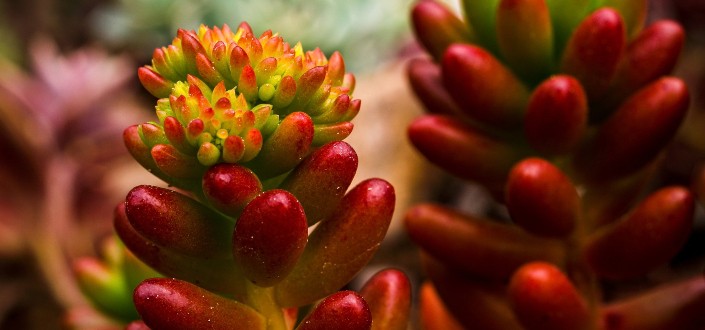
via: Pixabay / martin_hetto
One of the best things about the succulent is that the tips of the leaves turn a pinkish red in certain conditions. This is to protect the plant and it creates a really pretty variation that can add interest to your living places and plant collection.
In order to make Pork and Beans turn red, you will need to lightly stress the plant. This is not enough stress for it to be hurt, but just stressed enough to ensure it puts extra energy into staying healthy. Alternatively, making the plant more cold than normal or giving it a little less water can force it to turn some of its leaves red. Stressing it should be done in moderation so that you do not cause lasting damage to the plant.
- This succulent usually turns red to protect the leaves from the sun, so providing the plants with more sunlight and heat, while reducing waterings, can stress the plant a little.
- Alternatively, making the plant colder than normal can force it to turn some of its leaves red.
- Pork and Beans has also been known to change color when it has been overfed or planted in compost that is a little too rich and nutritious.
4. Know How To Propagate Sedum Rubrotinctum
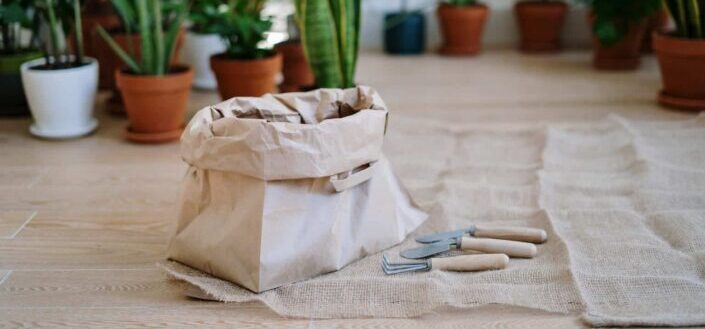
via: Pexels / cottonbro
When you know how to propagate succulents, you can expand your plant collection exponentially. Propagating is super easy - all you need is a fallen leaf or a small section of stem that you cut off the main plant with sharp clean scissors. Rest your leaves or cutting on a paper towel for a few days so that they callous over and then plant them in succulent soil mix and wait for new roots to grow.
More Awesome Succulents
Succulents are easy to look after and it can be rewarding to have a strong collection of plants. To find out how to care for other succulents, check out the awesome suggestions below:
- As trendy plants, Baby Toes are interesting and compact enough for all spaces.
- If you're looking for an unusual plant, consider the Split Rock plant, or Pleiospilos Nelii.
- If you have space for a trailing succulent, Senecio rowleyanus should be top of your list.
In Conclusion
Learning how to care for succulents like Sedum Rubrotinctum ensures that you have happy plants that will stay healthy for years to come.


